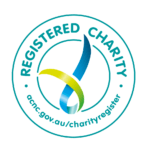Written by Simon
I was diagnosed with myalgic encephalomyelitis/chronic fatigue syndrome (ME/CFS) in early 2011 after a severe bout of glandular fever.
In the years prior to my diagnosis, I was studying architecture at the University of Sydney and working part-time as an architectural model maker. I was 21, healthy and physically very fit. I had plans to complete a masters degree in Berlin while working in the studio of an artist I greatly admired.
I was initially shocked by my diagnosis. In many ways, I was in denial and so ashamed that I rarely spoke about it to friends or family. Over the next few years, I tried a variety of treatments administered by various Australian specialists, but none of which were successful. Years later, I discovered there is no treatment for ME/CFS and that the best option for its management lay overseas.
In 2014, I was also diagnosed with postural orthostatic tachycardia syndrome (POTS), an autonomic condition that affects the regulation of my cardiovascular system. Shortly after developing POTS, my condition began to deteriorate significantly, forcing me to severely curtail physical and social activities. Later that year, I applied to Stanford University Medical Centre’s ME/CFS Clinic in Palo Alto, California. I was placed on a waiting list and was accepted in 2015. I was excited to receive my acceptance confirmation. Finally, I had the opportunity to be treated at a world-renowned medical centre by a team of ME/CFS specialists.
In early January 2016, I arrived in San Francisco exhausted and nervous as I had waited so long and my expectations were high. The initial consultation was quite extensive, and my medical history was thoroughly reviewed in order to develop a tailored management plan. The clinic also undertook a barrage of blood tests for diagnostic purposes. I learnt that the clinic had helped hundreds of patients, some much more severe than me. The clinic director explained that there was no magic bullet and that I needed to be patient, as it would take time to clarify the best management strategy.
I returned to Stanford in July 2016 and met with my physician, Dr Hector Bonilla, as well as other members of the multidisciplinary team. Further testing was conducted. Dr Bonilla was extremely reassuring and I felt that I was in good hands. I found a great sense of relief in being treated by specialists whose sole focus was ME/CFS. It had been a long journey to find a clinic with the expertise and resources to support me. My concerns about coping long term with an incurable condition were overwhelming, so these initial consults were very comforting.
During a trip, in December 2017, my father and I were lucky enough to meet with Professor Ron Davis, whose research work laid the foundation for the Human Genome Project. He’s the director of the Stanford Genome Technology Center and leads the Open Medicine Foundation’s End ME/CFS Project with a research team that includes two Nobel Laureates. This project represents one of the best chances ME/CFS patients have for a cure. Meeting Professor Davis and hearing him talk about recent advances was deeply inspiring.
Professor Davis’s son, Whitney, also suffers from ME/CFS. However, his condition is much more severe than mine, leaving him in a state of near paralysis. Prof Davis and my father spoke at length about the difficulties of being a parent and watching your child succumb to a debilitating disease with no cure or recognised treatment protocol. They spoke frankly about the high rate of suicide among ME/CFS patients and it was the first time I heard my father talk with concern about this topic.
I feel it’s important that I point out just how unusual my situation is. Thanks to the persistence of my parents, I was diagnosed 6-12 months after developing symptoms. I cannot stress just how rare this is. I’ve spoken to countless patients who had to wait years, even decades before being diagnosed.
I’ve also heard from patients whose families never believed them as well as patients who can barely afford to live, let alone pay for the medical care they so sorely need. I would not be where I am today without the love and unconditional support of my incredible parents, Dennis and Fiona. They never questioned the legitimacy of my disease and support my travel to Stanford every year. There is one other person who has been an immeasurable source of love and support, my friend Katie. I cannot thank her enough.
Looking to the future, I am heartened by the rapidly accelerating research breakthroughs that are happening internationally. Since I was first diagnosed in 2011, there has been a groundswell of discoveries and, while none of these has been translated into treatments, it is clear that the increasing global collaboration among scientists, researchers, and doctors provides real grounds for hope. I have suffered many disappointments over the years thinking that a cure was at hand, but I have learnt to keep my focus on the horizon.
Some of the world’s best minds are tackling ME/CFS with increasing recognition and resources. I really believe that it is only a matter of time before researchers develop diagnostic tools and effective treatments.







